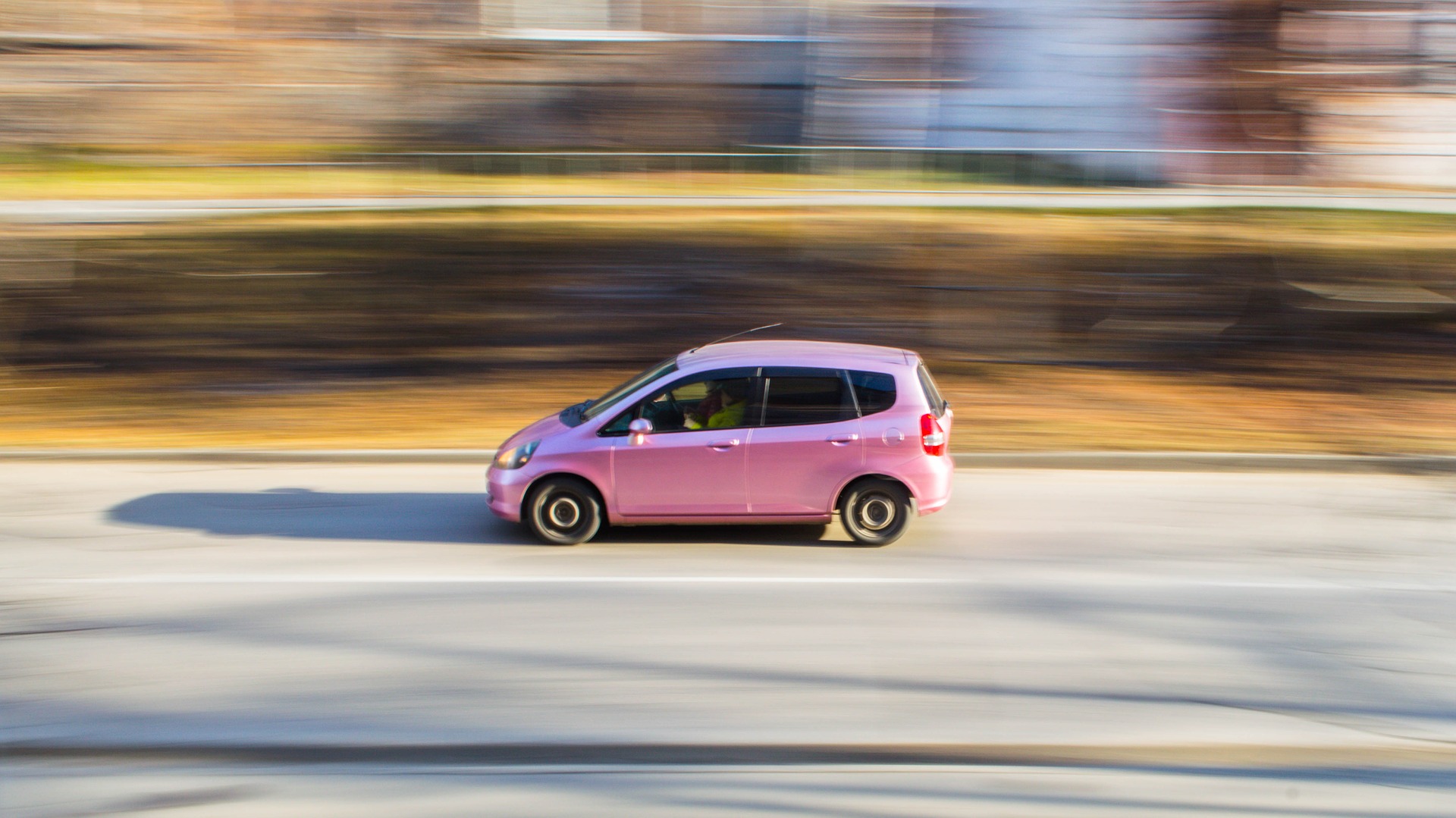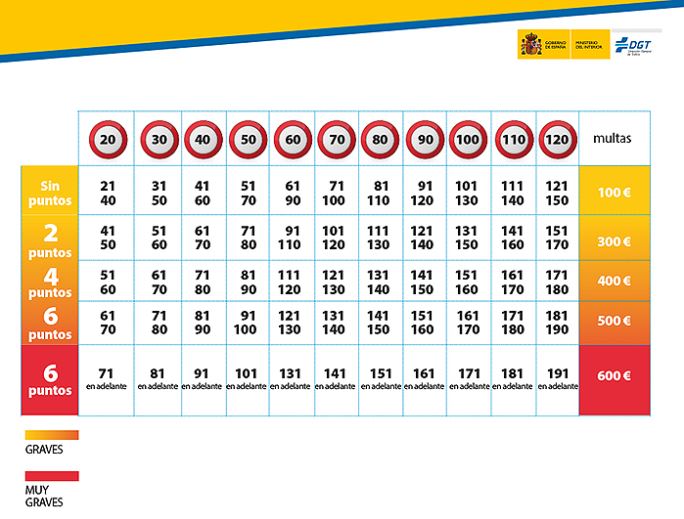If you are involved in an accident in Spain then it is best to know the procedures in order to avoid complicating or jeopardising any claim that you might have against another driver.
Firstly, if you are involved in an accident you must stop. Thinking, “oh well, it’s only a small scratch” and driving on could land you in trouble.
What to do if you have an accident in Spain
With your car insurance Spain policy you should have a form known as a ‘declaration amistosa de accidente de automóvil’.
This is a two part from where the drivers of the vehicles involved can complete their details and the circumstances of the accident. It is important to use a ball point pen and press hard so that the copy of the document can be read.
Being in Spain the form is usually printed in Spanish but below we have provided you with a copy in English. Obviously, if the other driver is Spanish and the accident occurs in Spain you can’t really insist they complete an English version, but it will help you understand what information to put where.
The ‘declaración amistosa’ should be signed by both parties and one copy given to each. However, if you are unsure what has been written or disagree with who is at fault then don’t sign it unless you are clear what it says and agree with it. Take a copy of the form and discuss it with your insurance broker or company.
The document is really important. Once signed you have basically agreed to what is on it. If later you want to add to the document or dispute it then it is very important not to alter your copy. You must add extra information on a separate sheet of paper. Remember the other party has a copy too, so yours must match theirs. If you alter it then you could cause yourself a lot of difficulties.
Call the police
You can call the police and they will make a report of the incident and clearly if someone has been injured you need to contact an ambulance.
If your vehicle is damaged you can contact your insurer’s breakdown service and get your vehicle towed to your destination, your home or a local garage depending on the policy you have.
If the other party is reluctant to complete a form or refuses to provide you with details of their insurance company note the car registration, the make, model and colour of the car. If no one is seriously injured and you are not in too much shock take a series of photos on your mobile phone showing the damage and vehicle positions.
If you or one of your passengers needs to attend hospital as a result of the accident, make sure you/they get a discharge certificate. If the police attend the incident try to ascertain whether it is Guardia Civil, or the Local Police and from which police station or town they are from so you can provide this information to your insurer.
Witnesses
If there are witnesses then get their names and contact numbers, although if the police are involved they will hopefully deal with this.
If as a result of the accident you feel it is justified to seek a claim for injuries suffered as a result of the accident, then either a court appointed doctor or a specialist private doctor can prepare a valuation report.
Please keep all receipts related to treatment as a result of any accident then these could possibly be included along with a claim for loss of earnings. Loss of earnings is calculated on the basis of the number of says you are forced to spend off work, with a calculation made based on your usual earnings.
In Spain it might be that after an accident, where you weren’t at fault, the other parties insurance company offers to carry out your treatment for injuries you suffered. The insurance company of the other party may send their appointee to assess your injuries and offer a programme of treatment. However, remember who they work for. Get independent advice on the treatment you need and the time you need to recover.
If you have any doubt, then talk to your insurance company or your insurance broker to ensure your best interests are being looked after.
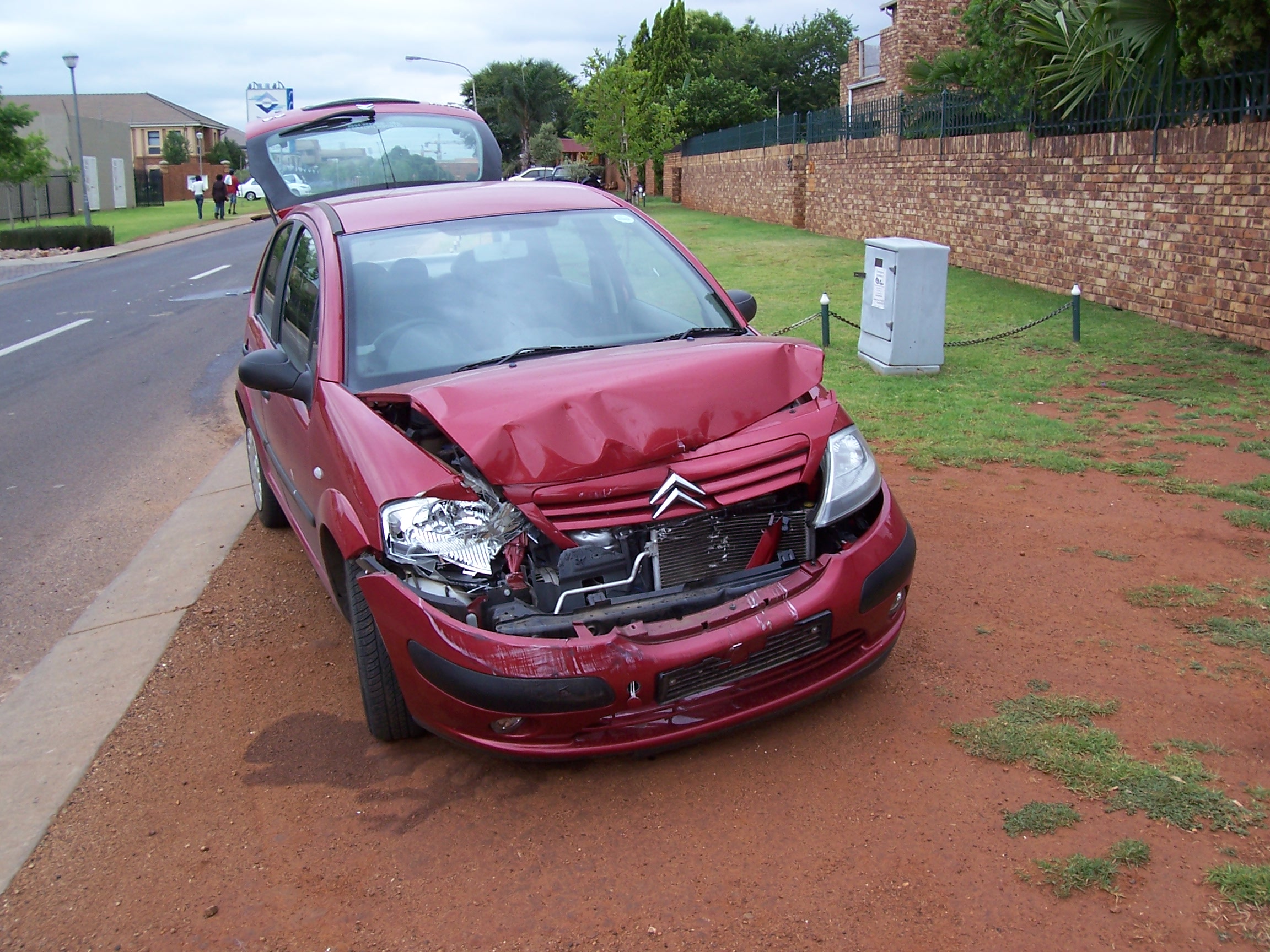
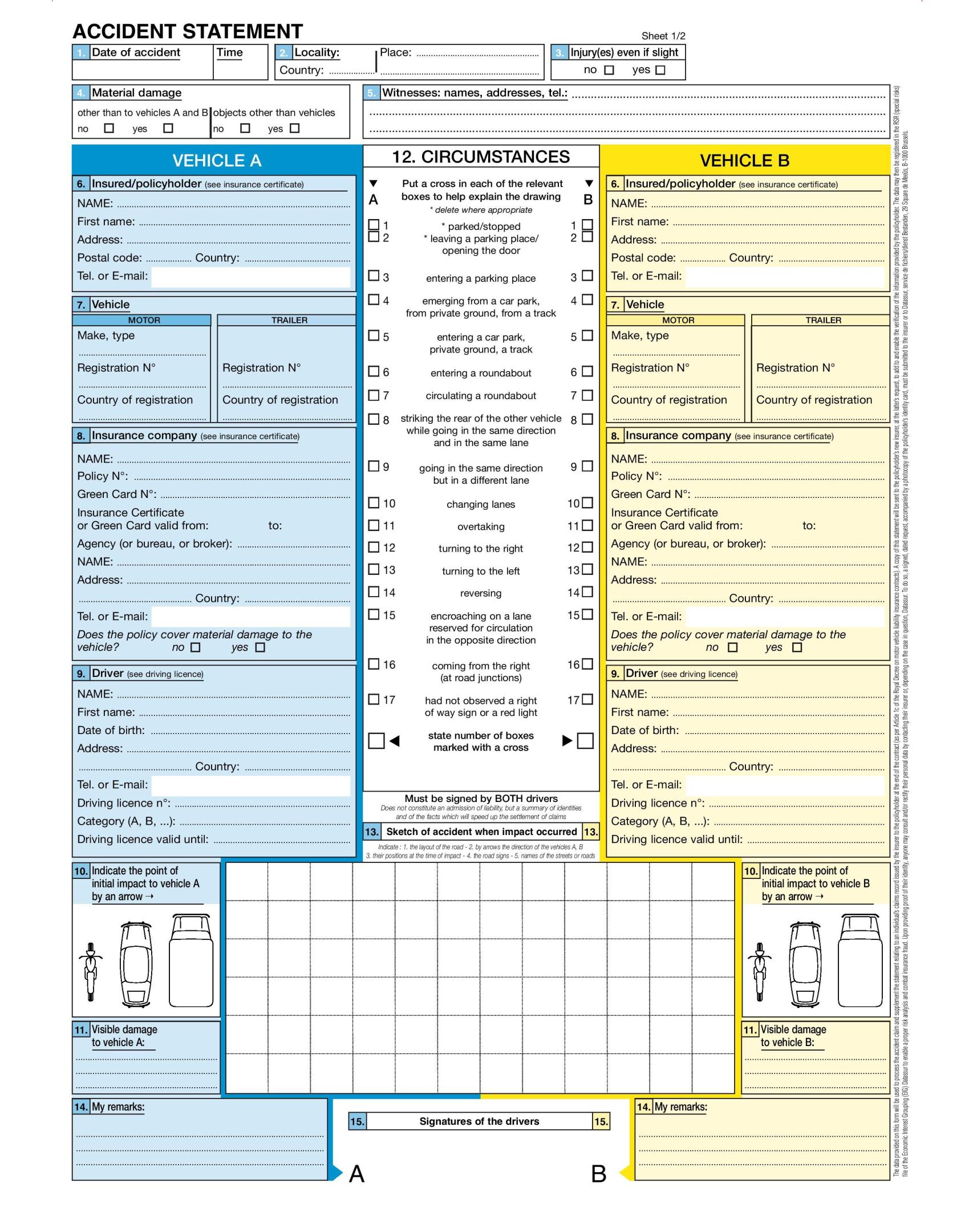

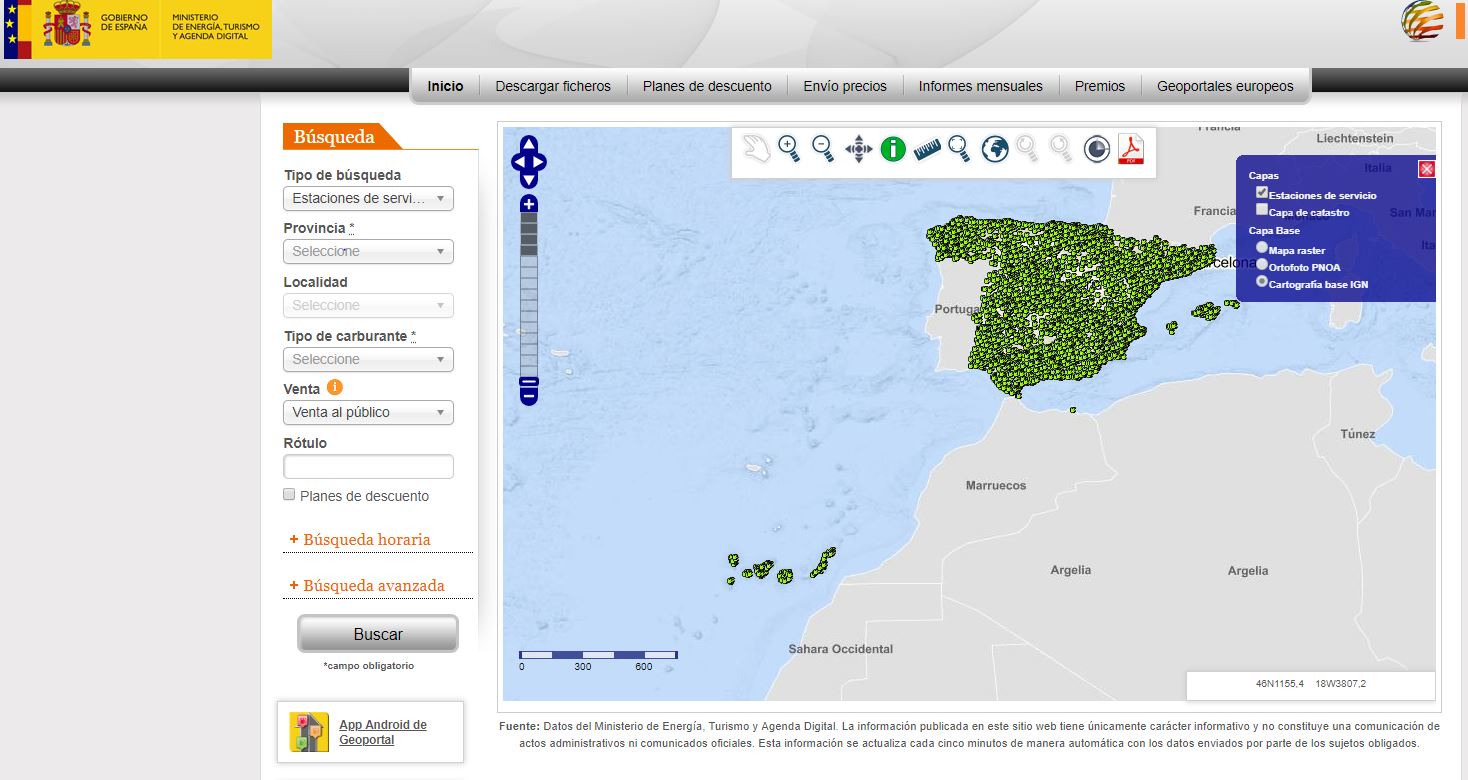
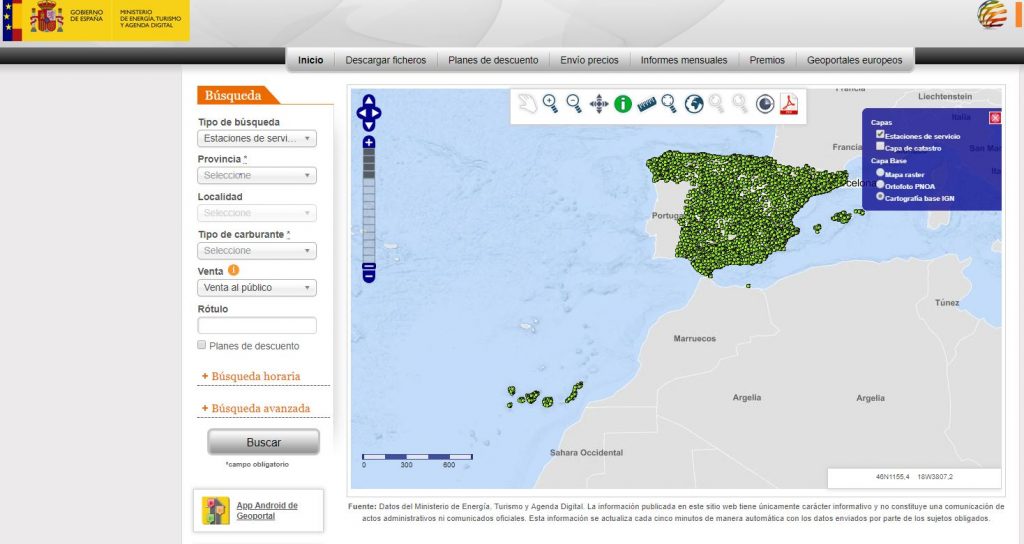
 On the left hand side you have a menu.
On the left hand side you have a menu.